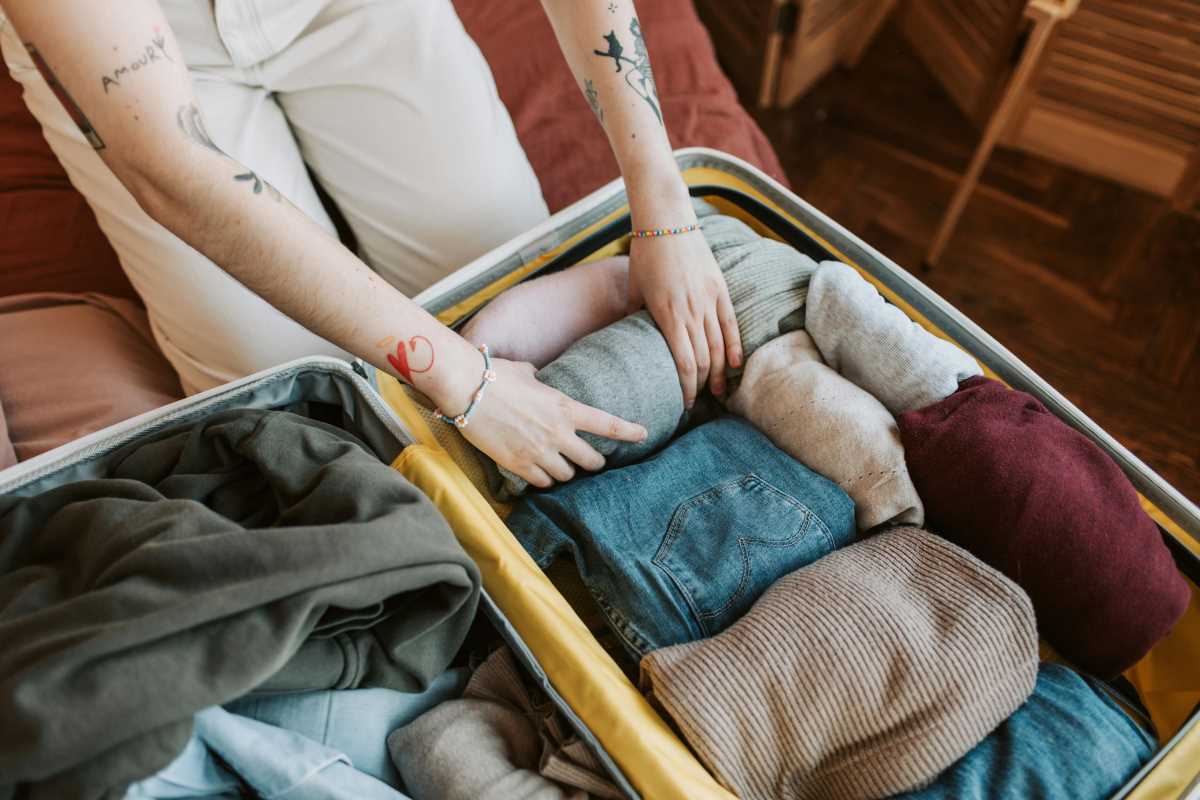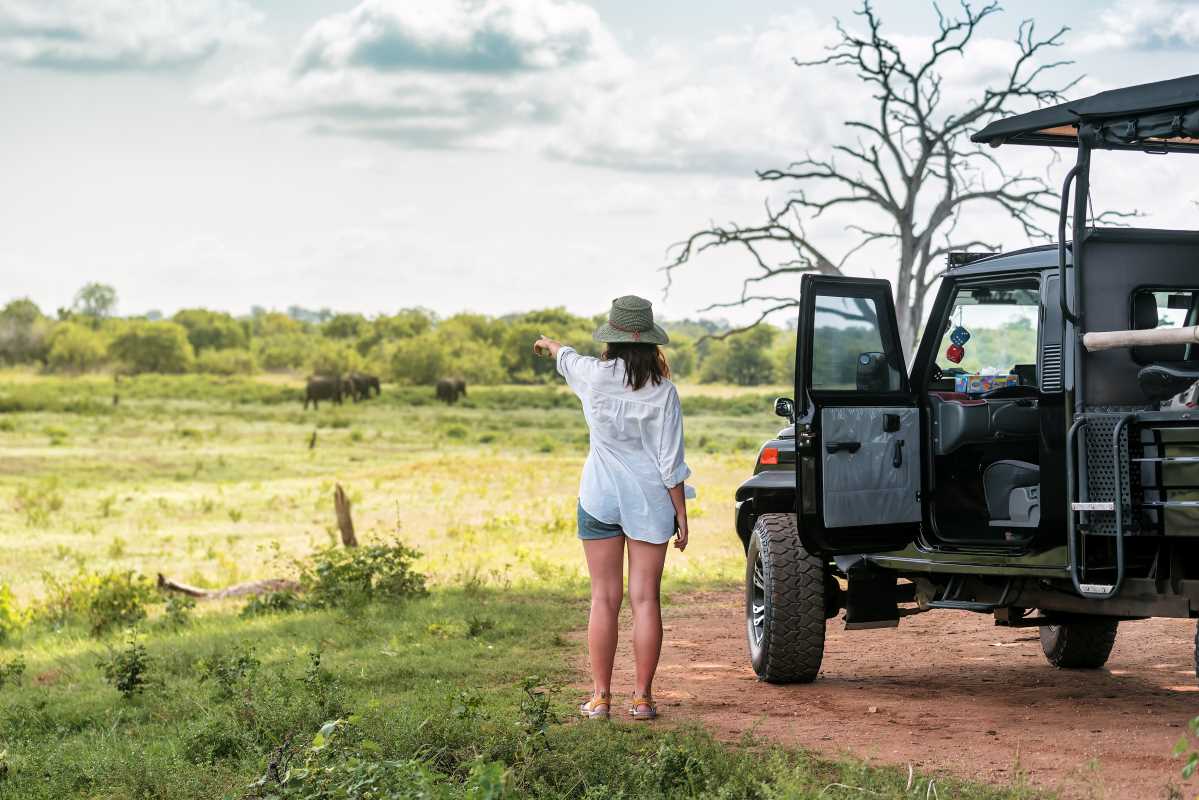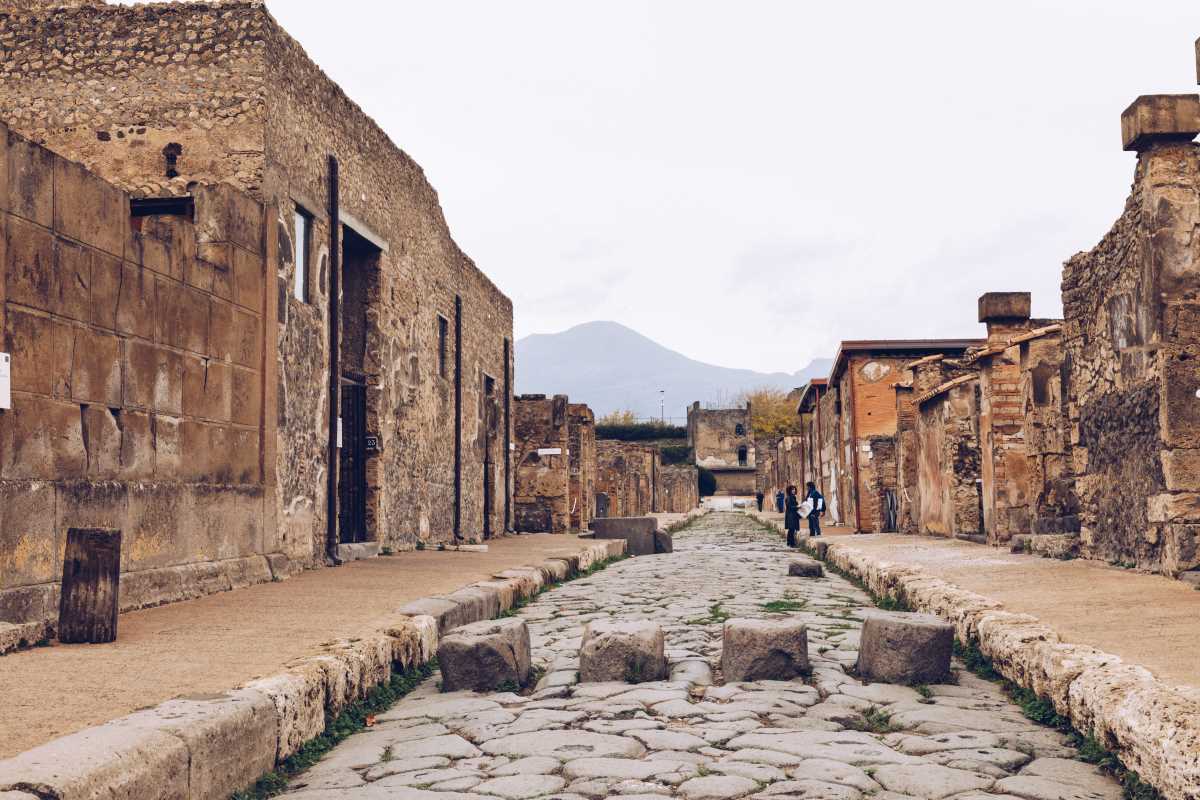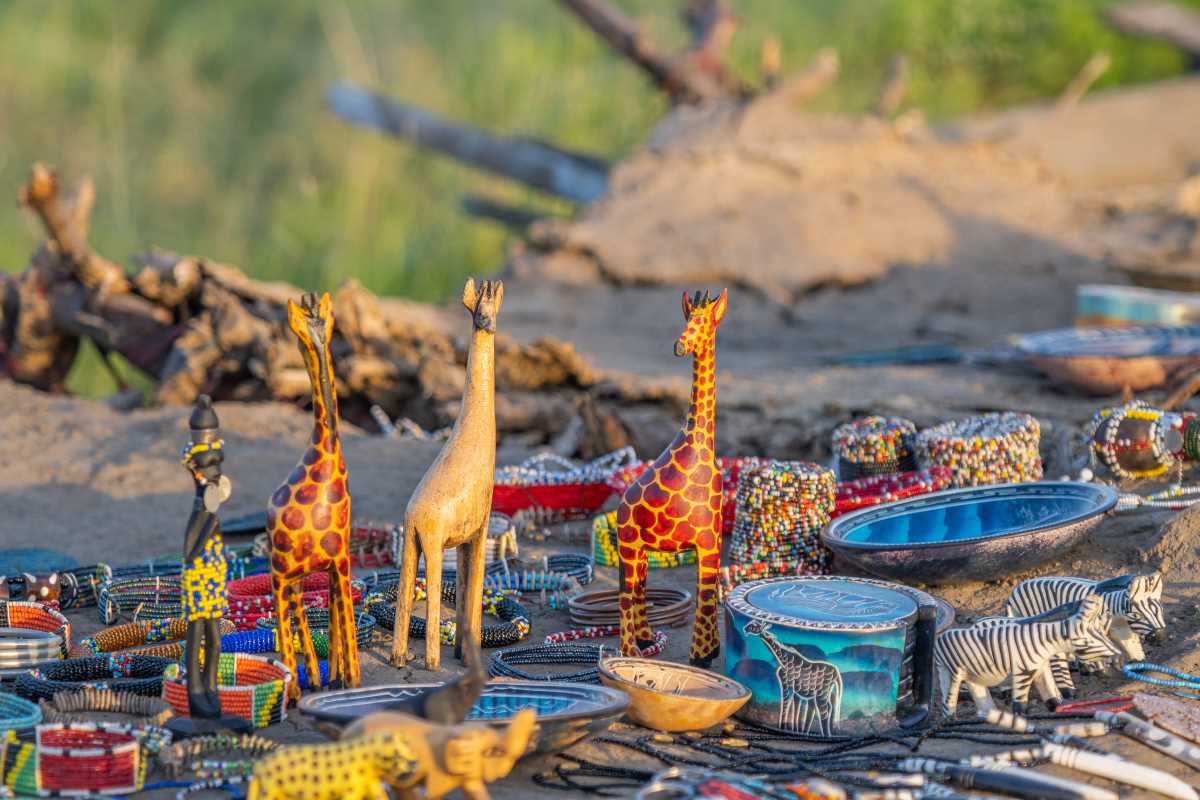Planning a trip that stretches over several weeks or months often brings the challenge of packing efficiently while staying comfortable. Many travelers strive to bring only the essentials without sacrificing the little conveniences that make extended travel enjoyable. By making thoughtful choices about what to bring, you can avoid unnecessary single-use products, keep your luggage manageable, and maintain a sense of ease throughout your journey. This guide explores practical steps for preparing, selecting the right gear, and packing wisely, helping you minimize both your luggage and your impact on the environment so you can travel with confidence and comfort wherever you go.
Principles of Sustainable Packing
Sustainable packing begins with clear goals: pack only what you’ll use, select items that last, and choose options that minimize trash. Start by listing your daily routines. Do you really need three pairs of jeans or could two pairs of quick-dry pants work? Consider laundry options on the road so you don’t carry extra weight.
Next, prioritize durability. A well-made item might cost more initially, but it usually outlasts cheap alternatives. Choose fabrics like organic cotton, recycled polyester or responsibly sourced wool. They withstand wear and tear and often keep you comfortable in different climates.
Selecting Eco-Friendly Materials
- Recycled Fabrics: Look for backpacks and bags made with post-consumer plastic. These materials resist moisture and last seasons.
- Organic Natural Fibers: Pick shirts and underlayers in organic cotton or bamboo blends. They breathe well and avoid harmful chemicals.
- Regenerative Wool: Choose responsibly sheared wool if you need warmth. It wicks away sweat and keeps odor in check during multi-day outings.
- Biodegradable Items: Use biodegradable scrub cloths or towels made from plant-based fibers. They pack small and break down naturally.
- Multi-Use Gear: Find accessories that serve two or more functions—like a sarong that doubles as a towel, blanket or scarf.
Layering and Versatile Clothing
Layering helps regulate temperature without adding bulk. Start with a moisture-wicking base layer, then add a mid layer for insulation, and finish with a lightweight, water-resistant shell. Each piece can be combined to suit chilly mornings or hot afternoons.
Choose neutral tones that coordinate easily. A navy mid layer pairs well with gray or olive outerwear. Pick one bright accent for visibility on trails or in crowds. You’ll feel put together without a closet full of clothes.
Zero-Waste Toiletries and Gear
- Solid Shampoo and Soap: Skip liquid bottles. Solid bars take up less space, last for dozens of washes, and avoid plastic waste.
- Reusable Containers: Transfer lotions or creams into small stainless-steel tins or silicone tubes you can refill. Label each one to stay organized.
- Bamboo Toothbrush and Floss: Swap plastic toothbrushes for bamboo handles and choose compostable floss. Carry them in a compact canvas pouch.
- Safety Razor: Instead of disposable plastic razors, pick a single double-edge razor. Replacement blades weigh almost nothing and recycle easily.
- Cloth Wipes: Bring a pack of small cotton or bamboo wipes. You can use them as face cloths, handkerchiefs or quick cleanups.
- Mini Towel: Select a microfibre towel. It dries fast, packs flat, and replaces paper towels or hotel toiletries.
Tech, Gadgets, and Comfort Hacks
Even if you plan to unplug, a few lightweight gadgets can improve comfort and safety. Solar chargers allow you to top off phone batteries without seeking outlets, while power banks with multiple ports power headlamps and cameras on the go.
Instead of a sleep mask that tears easily, choose a padded, adjustable one with a contoured design. A small packable pillow with memory foam filling goes a long way on trains or hostels. Slip it into an outside pocket of your daypack for easy access.
For sound insulation, pick earplugs made from reusable silicone or wax. They fold tiny and protect your hearing in busy dorms or near a roadside inn. If you need a white-noise option, download an offline track to your phone so it won’t drain data or battery.
Maintaining balance also means caring for your body. Pack a few resistance bands for quick stretching exercises. A travel yoga mat that rolls into a small bundle helps you stretch muscles after days of walking. These extras don’t weigh much but they help prevent soreness and boost energy.
Smart packing involves managing space efficiently. Roll clothes instead of folding them to fit more into each pocket. Use packing cubes or reusable compression sacks that zip down to a flat profile. Place fragile items in the middle of your bag, cushioned by softer pieces like t-shirts and socks.
Small choices add up to a lighter bag, less waste and more freedom. When you arrive at each new location, you’ll appreciate that everything you packed earned its place. From wardrobe staples that serve multiple purposes to gadgets that keep you connected and comfortable, your travels remain eco-friendly without sacrificing convenience.
Enjoy your journey by keeping it simple and leaving no waste behind. Focus on reducing clutter and respecting the environment.
 (Image via
(Image via





